The truck slows as we approach another pool of water. We scan the water’s surface carefully and it doesn’t take long to find what we’re seeking. A pair of beady eyes pokes out. And another. Baby alligators.
Soon we realize the small reptiles are scattered throughout the pond, including one sunning itself on a log. And while I’ve always found adult crocodilians to be somewhat unnerving, these little ones are cute. We watch as they bob around the water, disappearing for a few seconds, only to pop up for a curious glance our way.
“Every trip here becomes a gator safari,” says Steven Goertz, prescribed fire coordinator for The Nature Conservancy in Texas, and manager of the site we’re visiting.
Goertz is giving me and colleague Claire Everett a tour of the Clive Runnells Family Mad Island Marsh, a Nature Conservancy preserve on the Texas Gulf Coast. And indeed, we’ve seen a lot of alligators. Big ones, small ones, ones that “cannonball” into the water at our approach and ones that sit along the bank and watch us with indifference.
But the alligators are a side attraction; we’re here to look at the influence of fire. Fire shapes nearly every aspect of the grassland and marsh ahead of us. But unlike the gators, the signs of fire are difficult for me to see.
I live on the edge of the Rockies, where you can see traces of fire on the forest for years afterwards. The charred trees of the famous 1988 fire in Yellowstone National Park are visible to any visitor.
Here, the grasses wave in the breeze, as if it has always been this way. As if this is a pristine, untouched landscape. Goertz is here to show us a different story.
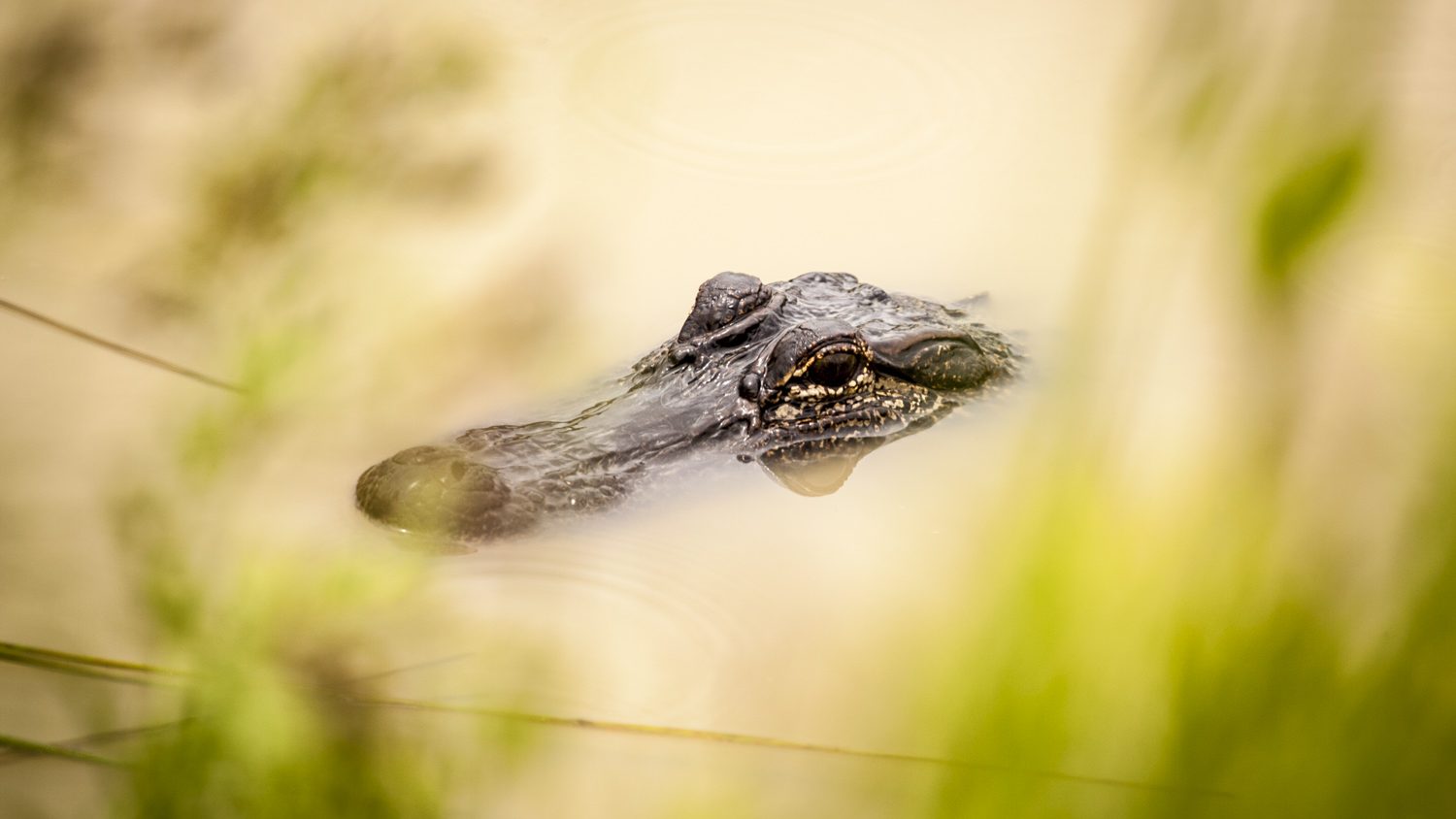
A Brief History of Mad Island
My eyes kept looking up; as a naturalist, I had a lot to watch. Various species of herons, waders, ibis – singly and in flocks – lifted from the waters as we drove past. White-tailed deer trotted along the meadows and gar gulped air in the freshwater channels. In the bay, bottlenose dolphins offered quick glimpses as they surfaced.
Traveling along one wetland, we see a swimming flock of fulvous whistling ducks, a flushing flock of mottled ducks and a white-tailed hawk. Three lifer birds in a quarter mile.
It’s a wildlife paradise but it’s not untouched nature. It’s taken decades of research, hard work and direct management to restore Mad Island.
The Texas Gulf Coast prairies and marsh once consisted of 9 million acres. By the 20th century, much of that landscape had been developed, with just 2 percent of native habitat remaining.
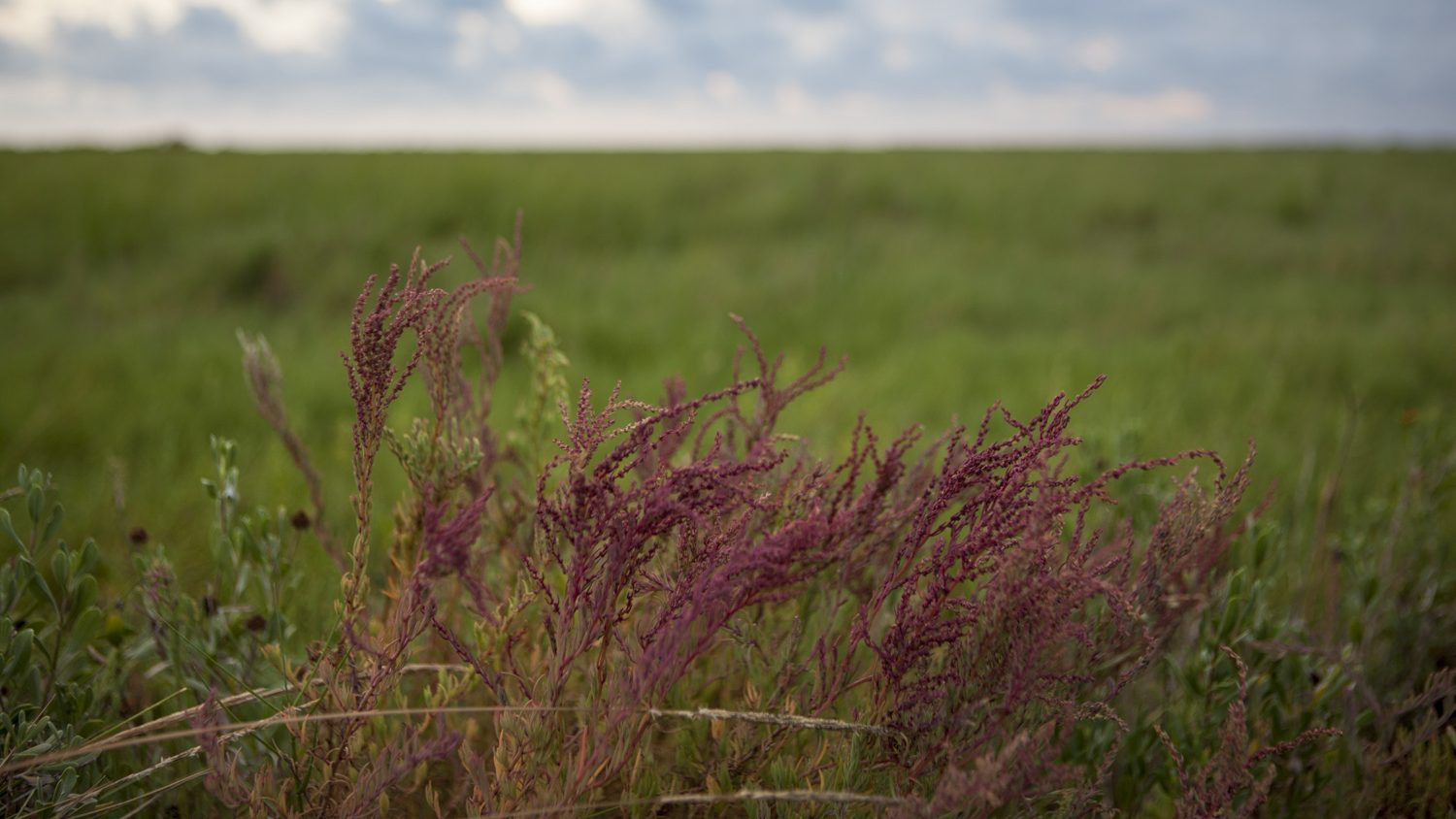
The establishment of the Clive Runnells Family Mad Island Marsh Preserve began in 1989, when Clive Runnells II donated more than 3,000 acres of coastal wetlands and upland prairies to TNC. The land is directly adjacent to Texas Parks and Wildlife Department’s Mad Island Wildlife Management Area, which TNC helped establish with a 5,700-acre donation.
In 1993, TNC added 3,900 acres to the preserve with critical support from the North American Wetlands Conservation Council, as well as the National Fish and Wildlife Foundation, Dow Chemical, US Environmental Protection Agency, Trull Foundation and Communities Foundation of Texas.
For the first couple of decades of the preserve’s existence, much of the conservation effort focused on restoring wetlands for waterfowl and other wildlife. The area was well-known for its importance to migratory birds, sitting at the confluence of two principal North American migration routes. For years, the Smithsonian Migratory Bird Center had operated a bird banding station on the preserve to study the patterns and behavior of migratory birds. These efforts are now carried on by collaborations between Texas A&M University and University of Maryland.
But there was also a recognition that, for this landscape to naturally function as marsh and prairie, other restoration was needed.
And Goertz realized early on that to achieve that resilience would require the use of fire.
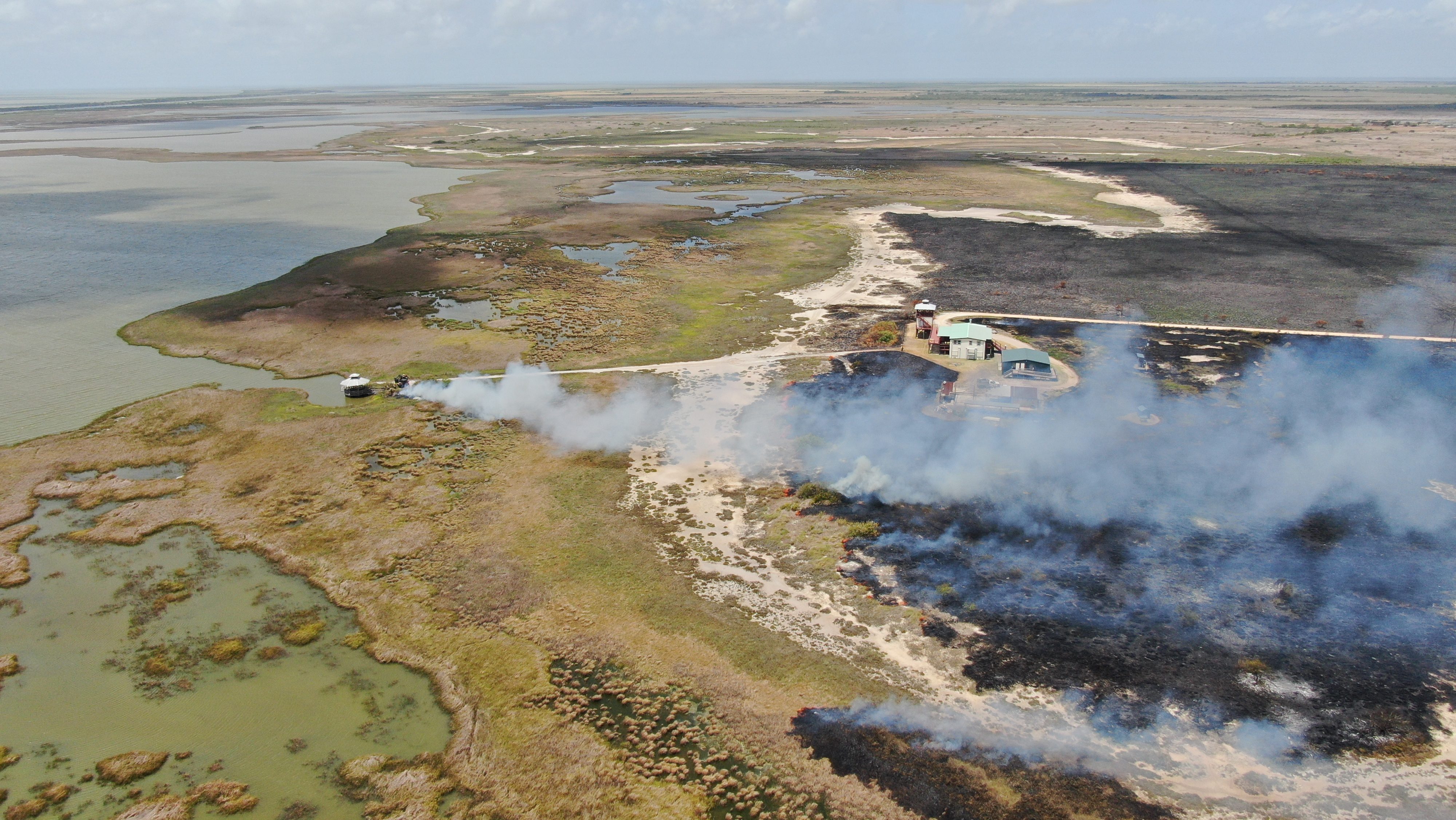
From Raggedy to Awesome
Another flock of ducks circles overhead and I strain my eyes to identify them. My eyes continue to look up. Goertz is urging me to look down.
He’s scrunched over, brushing his hands through the plants at our feet. From the road, this looks like a sea of grass. Up close, a rich diversity of native plant species is revealed.
With the global threats impacting lands and waters, conservationists often speak of the need of rapid, large-scale solutions. The Nature Conservancy, for instance, has ambitious goals that will lead to global change. But ultimately, those goals have to touch down on the ground, in places like this. Goertz has to think about the management of thousands of acres. And sometimes, he’s looking at plants right beneath his feet.
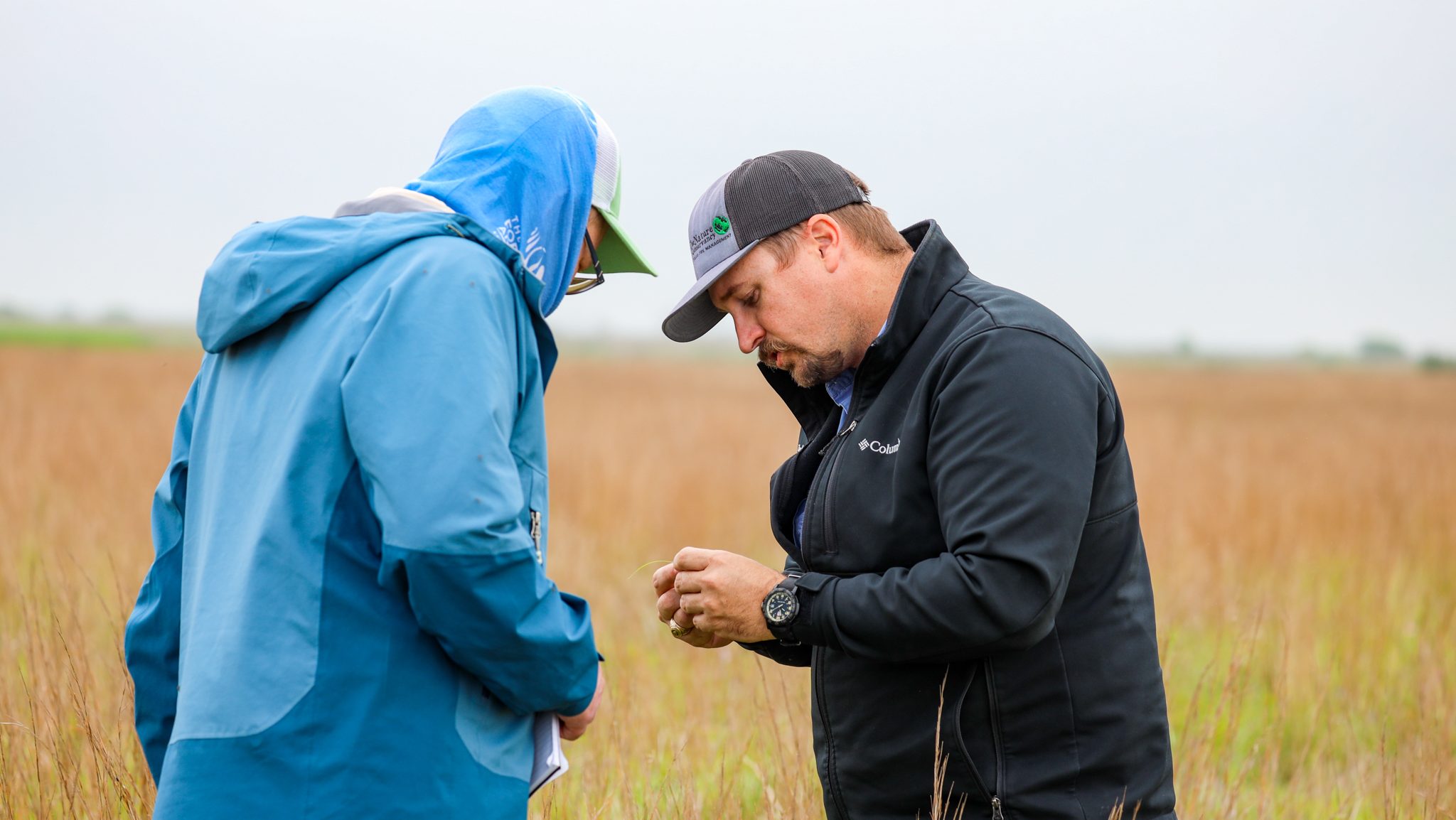
When TNC acquired this property, many parts were, as Goertz puts it, “raggedy.” The ranch had been heavily grazed by cattle for decades. Brush had encroached on the prairie, reducing its diversity and its importance to wildlife.
Even on this scale, restoration can seem an overwhelming task. Removing this stand of brush, that patch of invasive species, the work could stretch out for years. Decades. But harnessing a natural process – one that has shaped grasslands for millennia – could offer faster results.
“I’ve put all my eggs in the fire basket, and it’s made all the difference,” says Goertz.
TNC has been using prescribed fire on its lands for decades. Staff know how to coordinate a safe, controlled burn that achieves the desired ecological results. Working with partners, Goertz continues conducting fires at Mad Island.
“It went from raggedy to awesome very quickly,” says Goertz. “If you burn it, the restoration can happen very quickly at a site like this.”
Still, this land had not seen fire to this extent for a long time. So it needs some additional help.
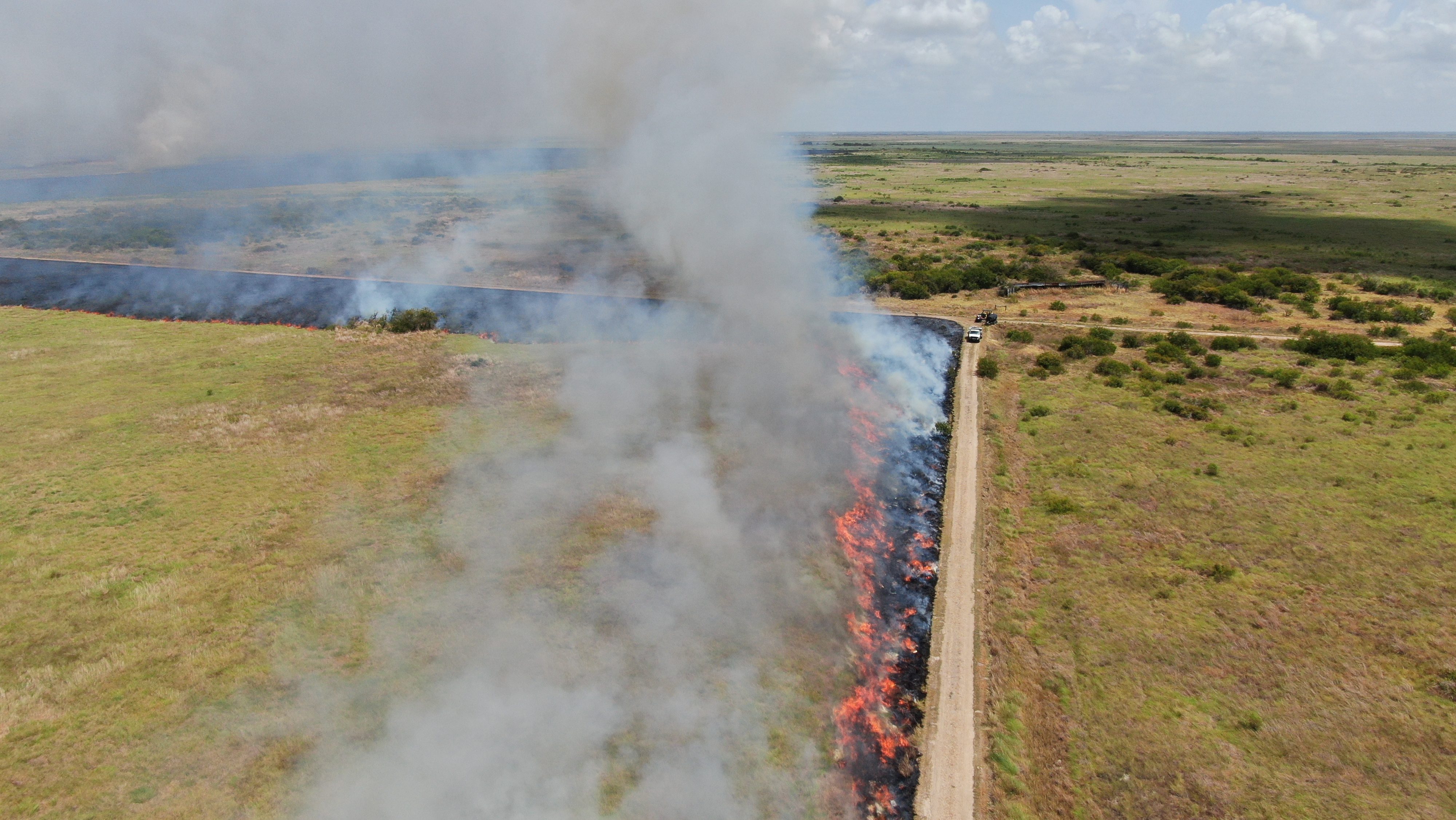
The Spaces Between
After Mad Island was burned, some of the changes were quickly apparent. Other changes would escape the notice of a casual visitor; that’s why Goertz is often bent down, examining plants at the square-foot level.
“Prescribed fire isn’t just about clearing brush,” he says. “It certainly does that. But what’s really interesting is what happens in the interspaces, the ground left open by the burning. The fire increases solar contact with the soil. So much comes up in the spaces between. You get quality and quantity of native plants in ways I wasn’t expecting.”
To give natural processes a boost, Goertz and other staff began collecting seeds from the prairie plants that grew after the burn. They then reseeded by hand in other parts of the project.
“First, you’d see circles of plants coming up around where we broadcast the seed,” says Goertz. “By year two or three, you see seed dispersion. That’s when it gets really exciting.”
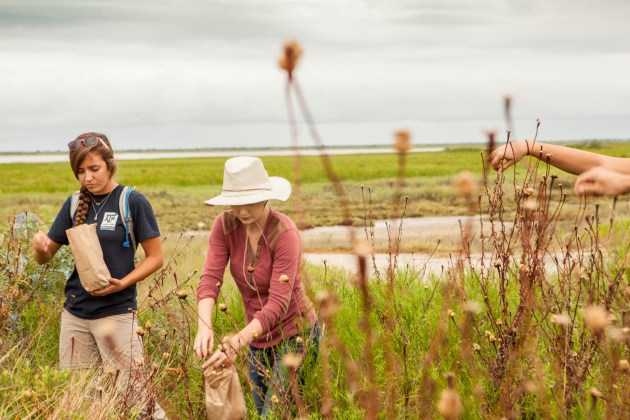
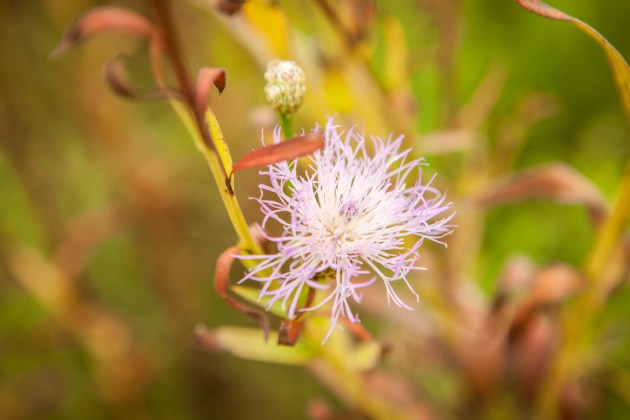
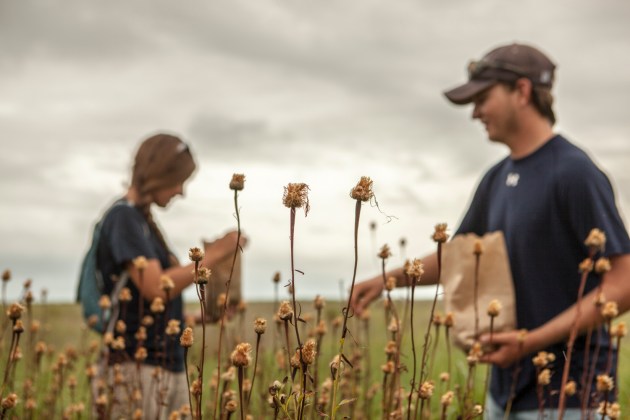
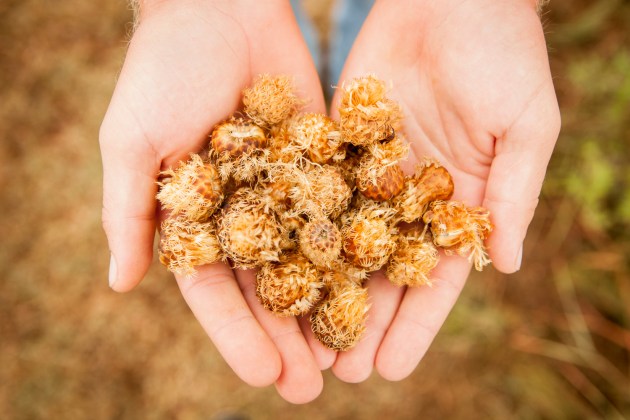
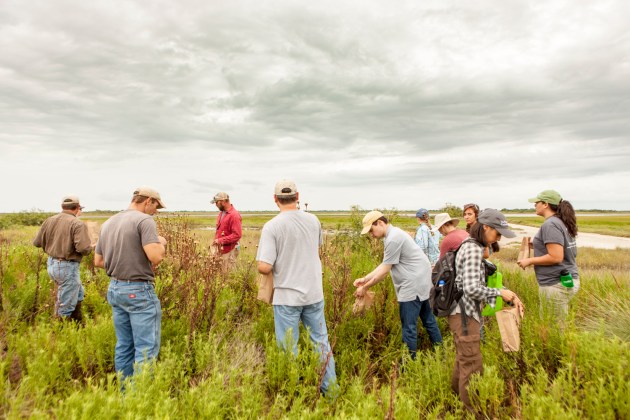
Lately, the seed collection has intensified. Staff use a street sweeper-style harvester to pull seeds off native plants and dump them in a bin. Last season, 900 pounds were harvested off 16 acres.
“There’s a lot of opportunity to increase that harvest,” says Goertz. “We can then use them on our own restoration sites or share them with other conservation projects.”
The prescribed burning is an annual effort, and one that seemingly occupies Goertz’s thoughts most hours of the day. As we walk through the grass, he’s constantly pointing. He’s showing me those little changes in topography, clumps of plants, how those plants have responded to fire.
“This place looks flat, but there’s a lot of landscape diversity here,” he says. “You see that when you’re out here, the little depressions and rises in the landscape.”
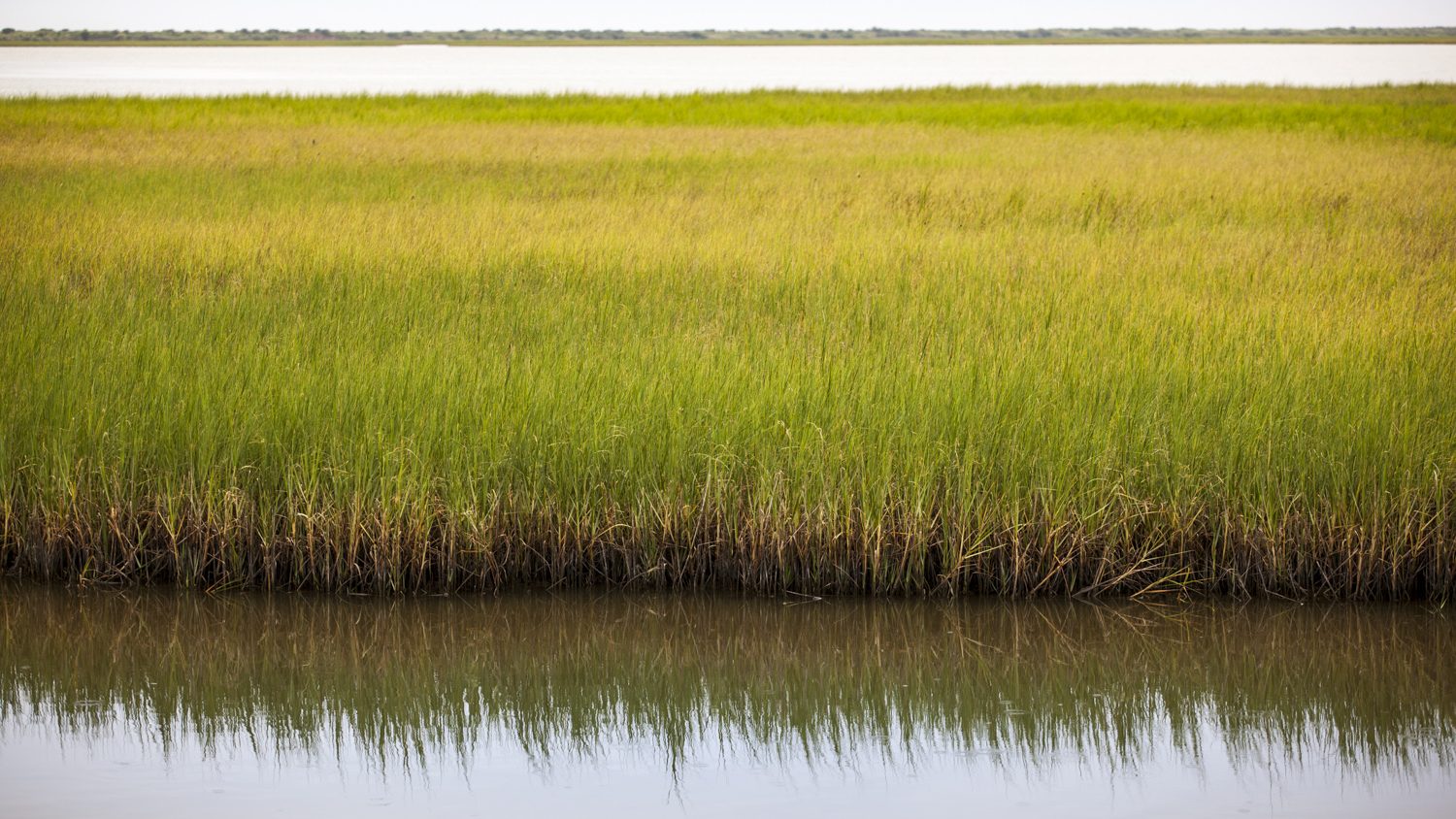
The result of that attention to detail, that passion for the land, is everywhere around me. I can’t see signs of the fire. I can see swaying prairie grass, the birds lifting off out of the marshes, the deer trotting ahead of us. To my eyes, it looks perfect, but I know it’s not pristine.
“I can’t do a perfect replication of the native prairie,” says Goertz. “That’s not the goal. I want it to function in a resilient state. What we are finding is that when we burn at this scale, diversity is embedded in the whole system. There’s a ‘Field of Dreams’ aspect to this. Burn it, and the diversity comes.”
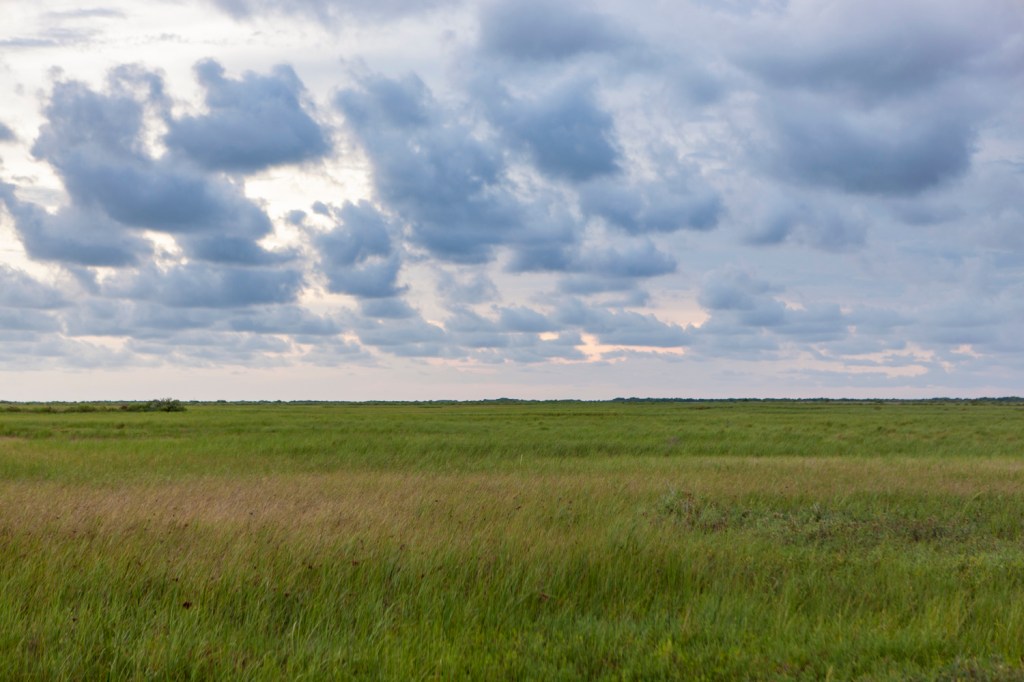



Join the Discussion
2 comments